Sales enablement assets help sales teams close more deals.
This can involve enrolling your team members in training courses to fine-tune their skills, or giving them access to third-party articles and videos.
Many companies include sales battlecards among these resources and provide these assets to their sales reps to turn their buyer personas into fully-fledged customers.
What is a battlecard?
Battlecards are concise, actionable summaries of your product, the market, existing customers, and the competition, and their job is to equip your sales team with quick-fire responses to questions, queries, or objections a customer might have.
Sales battlecards typically live in your sales enablement platform, CRM, or as part of a larger sales playbook, making them easily accessible during calls or demos.
They also provide a firm understanding of a rival’s strategy and the value propositions needed to flag your offering as the preferable option.
Well-designed battlecards ensure reps are aligned on product positioning, can confidently differentiate your offering, and reinforce messaging consistency.
Looking to create sales battlecards? We've got you covered – download our battlecard template 👇
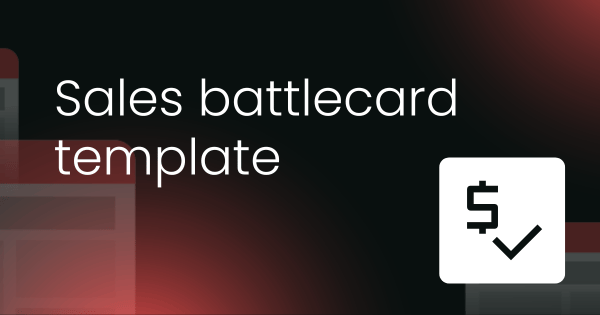
What to include in a sales battlecard
Your battlecard should be specific to your product, and include sections focusing on:
- Company/product overview
- Customer pain points
- Key features
- Key differentiators
- Why your product or service is the best on the market
- A script to handle customer objections
- Questions to ask the prospect
- Pricing
- Third-party validation
- Refer to relevant customers
These sections form the backbone of effective sales battlecards: one that arms your reps with contextual, relevant, and easily scannable information.
Let’s take a look at each feature in further detail:
Overview
The overview is a brief description of your company, your product, and what you're offering. Keep it punchy; 2-3 sentences is long enough.
Use real-world language your customer would use. Avoid jargon.
Customer pain points
This section should highlight the top 3–5 core challenges your target customers face – those that your product is uniquely positioned to solve.
These pain points should be specific, relevant, and framed using the customer’s own language wherever possible.
Avoid vague or generic issues like “lack of efficiency”; instead, dig into the real-world frustrations that cause prospects to seek a solution.
This should also capture both emotional and functional triggers behind a buying decision. For instance, a buyer might be motivated by a fear of making costly errors, frustration with slow manual processes, or pressure to meet KPIs.
Where relevant, emphasize the consequences of inaction to build urgency – what happens if the problem is ignored?
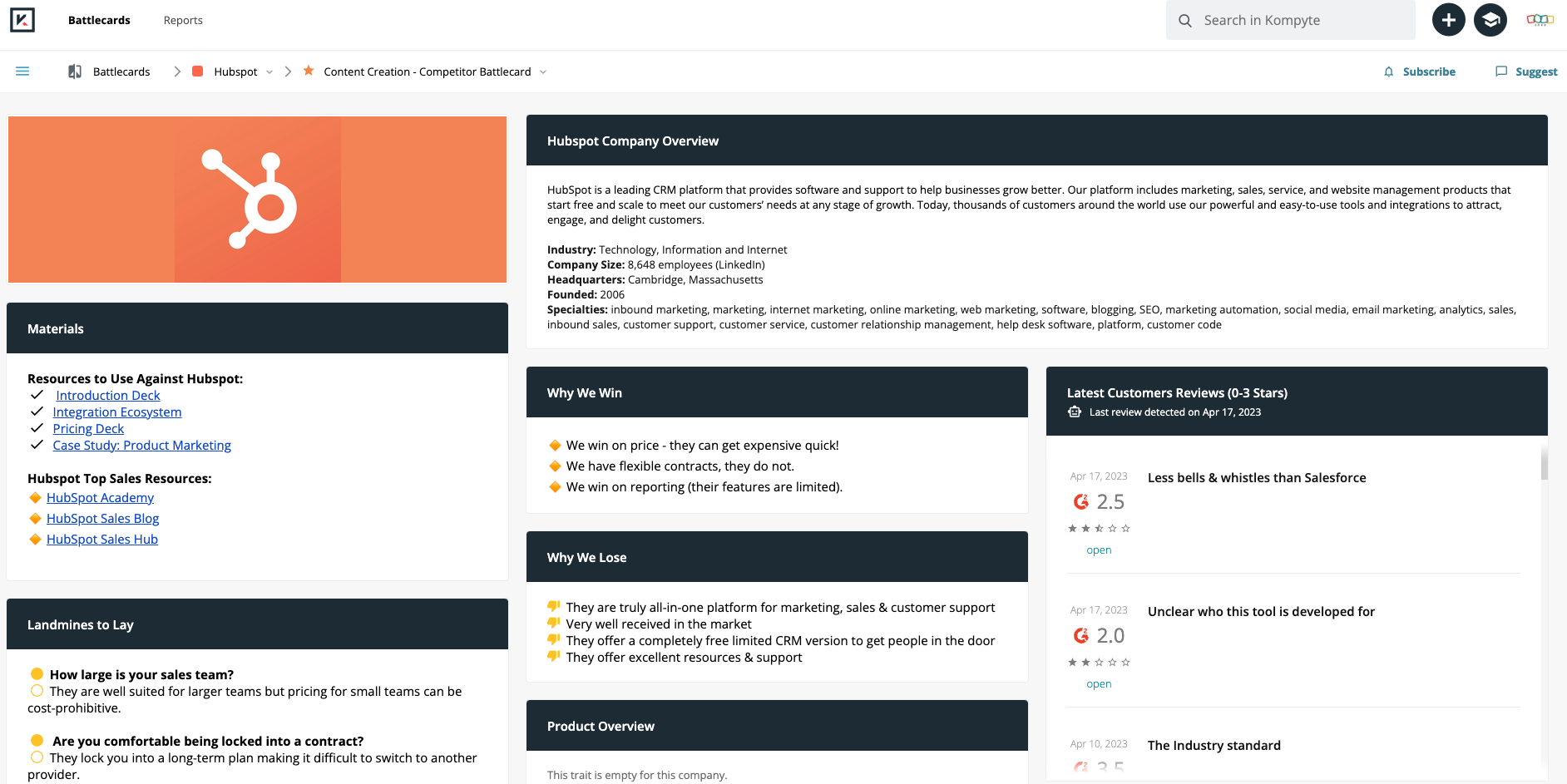
If you serve multiple personas or industries, tailor the pain points to match. A sales rep speaking to a CFO at an SMB will need different context than one speaking to a head of IT at a large enterprise.
Keeping this section sharp, scannable, and grounded in actual customer insights ensures reps can open conversations with empathy, relevance, and credibility.
Key features
After identifying your customer’s pain points, you need to demonstrate how your product addresses them.
Use bullet points or short phrases. Each feature should tie back to a problem.
Key differentiators
This is where you match your product up against your competitors.
Reps need to quickly identify "what makes us better." A simple side-by-side table can work wonders here.
For example, if you’re offering a software solution, is your product more speedy? Does it have more features? Is your customer support better?
A handy grid format will help your sales team answer these questions quickly and confidently. 👇
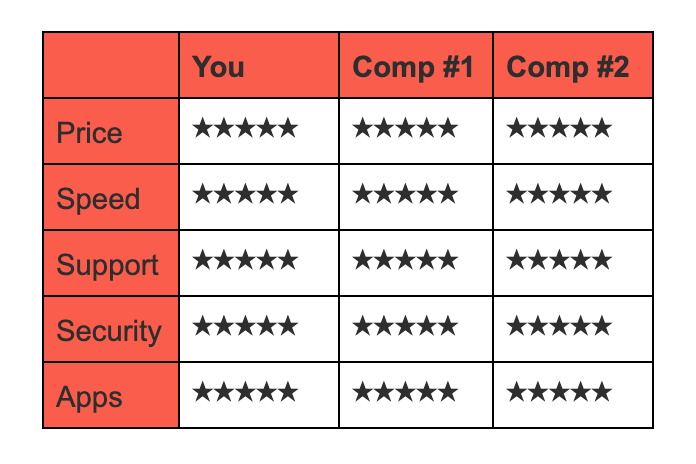
Why do you win?
In this section, you’ll need to know what’s important to your potential customers.
For example, is it the price? Customer service? Security? If you don’t know this information already, conduct some customer and market research to give you a thorough understanding of your customers and what their needs are.
If you’ve conducted win/loss interviews or sales interviews, this is where the insights go.
List the relevant benefits your product provides and back it up with specifics. Use statistics, numbers, and real-life success stories.
Handling objections
Sometimes your sales team will face objections when pitching your product. You need to help them respond constructively and keep their pitch on track.
In this section, list your top three or four objections and script a response your sales team can refer to when they're met with these common obstacles.
Common objections might include: “You’re more expensive,” “We already use X,” or “We’re not ready to switch.”
Questions to ask
Here, list two or three questions your reps can ask the prospective customer to best position your product.
For example: “how do you feel about your current solution?” is a good starting point. This question allows your sales reps to differentiate your product from the competitors’.
Then, follow up with: “what’s the most frustrating thing about your current solution?” This question gives your reps insight into the prospect’s pain points and enables them to effectively position your product as the solution.
Also: "If you could wave a magic wand, what would change tomorrow?", which further gives your reps insight into the prospect’s pain points and enable them to effectively position your product as the solution.
Pricing
Product pricing will always play a crucial role in your customers' final buying decisions.
Rather than just stating your price, explain where your value lies. Include positioning like “all-in-one” or “no hidden fees” if applicable.
Ashley Murphy, Toast's Director of Market Insights and Pricing, shared her specialist insights, including her preferred pricing strategy, the role of product marketing in the pricing process, and her own top tips:
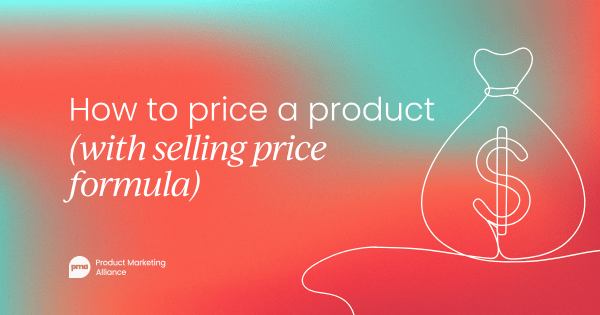
Your sales battlecards must include a section outlining your pricing, and how you match up against your main competitors. Make sure your sales reps have everything at their disposal to answer any questions about pricing accurately and confidently.
Update this section regularly – pricing changes are frequent and reps must always have the most up-to-date figures.
Tip: Conducting competitive intelligence will help you keep an eye on your competitors’ pricing and update your content, so your sales reps don’t provide out-of-date information.

Quick tips
Here’s where you need to make a few short notes about how your sales rep can get the most out of the call.
For example, it may be necessary to list a couple of questions you’d like your rep to ask:
- How many users they have
- Get a feel for their timeline to buy
- Confirm decision-makers are on the call
Third-party validation
Reputable customer testimonials or endorsements are priceless; they can give your product credibility and provide insight into what the prospect can expect if they decide to invest in your solution.
Prioritize logos or brands that resonate with the buyer’s industry, size, or region. Don’t overwhelm – one strong quote is better than five generic ones.
This section needs to shine the spotlight on what great things your existing customers are saying about you.
If a well-established, internationally recognized brand has provided a review, use their quotes.
This could include a comment a customer made about how much quicker they completed a task with your solution, in comparison to one of your competitors’ products.

Refer to relevant customers
Give your prospective customer FOMO by reeling off the companies you already have as customers. However, be sure to keep it relevant.
Match the prospect profile. If they’re a mid-size fintech, highlight other mid-size fintechs – not Fortune 500s.
For example, an SME will be more likely to relate to another SME over a Fortune 500 company.
Tips for creating sales battlecards
When planned and executed correctly, a battlecard can play a significant role in your sales success.
With this in mind, we asked product marketers for their tips on creating effective battlecards, and how they use them in their respective companies.
“I like to start with a SWOT for each competitor. I try honestly to assess their strengths, weaknesses, etc. I keep it pretty simple but I find it is a great starting point before building a battlecard.” – Martin Bakal, Principal Systems Modeler at MITRE
Firstly, consider your audience. How can you amplify the value of your research to cover not just sales processes, but product and leadership strategy?
You also need to include impacts to your go-to-market strategy and predictions for their future go-to-market strategy, customer segmentation, and product.
“Get in the weeds with pricing, packaging, and value delivery. Don’t just look at the perfect price point, but consider the value from your target customer’s perspective.
“Finally, include quotes where possible, and feedback from a customer that a) chose a competitor over you, and b) chose you over a competitor.” – Fiona Finn, Director of Product Marketing at jane.app
“Communicate internally and survey your sales team to understand who they're actually competing against and also pull in win/loss analysis to enhance your battlecard. Also, spell out how your company wins against each competitor so it's easy for sales to get what they need quickly.” – Jaclyn Rose, Staff Product Marketing Manager at HealthJoy
Why is sales enablement important?
You may be skeptical as to whether you need to create sales battlecards and accompanying sales enablement resources, especially if your sales figures are through the roof.
But ask yourself the following questions:
- Are you hitting ALL of your sales goals?
- Are your reps always on message?
- Are you 100% sure reps are using sales tools to their full potential?
- Can you improve seller quota attainment?
Sales enablement is not just about helping reps sell more, but also about helping them sell smarter.
If you’ve answered NO to any of these questions, or if you know there’s room for improvement, you need to devote time and effort to strengthening your sales enablement tools.
Even if you answer every question with a resounding YES, your business fortunes can quickly change.
For example, if you recruit new team members, you may need to formalize your onboarding process. Perhaps your reps have been tasked with selling an ever-changing product or service, in which case, the buying process could become more complicated, or your product messaging or go-to-market strategy may have to be revamped.
Having the appropriate sales enablement tools in place can work wonders for companies keen to maintain sales figures during a transition period.
Battlecards serve as a foundation for scalable, repeatable success, even when everything else is changing.
Still not 100% convinced? Take our sales enablement scorecard to see where you stand, and discover your biggest areas for improvement.
"You can have the best battlecard in the world. You can have the best competitive presentation in the world. But if your sales reps can't communicate it to a prospective customer, it means nothing. It means absolutely nothing. So our goal is helping sales reps understand and communicate." – Patrick Wall, Competitive Enablement Leader, Palo Alto Networks
Sales battlecard templates and frameworks
If you’re a PMA member, we’ve created a bank of editable templates and frameworks to help your sales team convert leads into customers.
Not a member already? Sign-up for a PMA membership to get access, and enroll in our Product Marketing: Core [On Demand] course, or Product Marketing: Core [Live + Online] accreditation to level up your strategy.


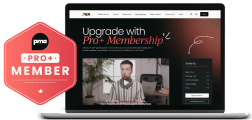


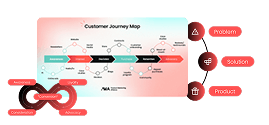
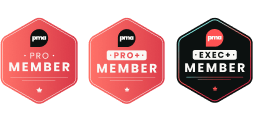

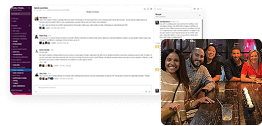
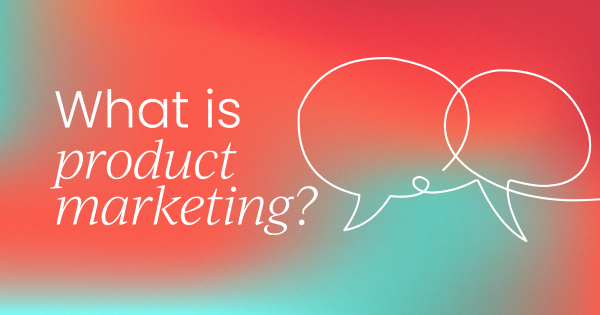
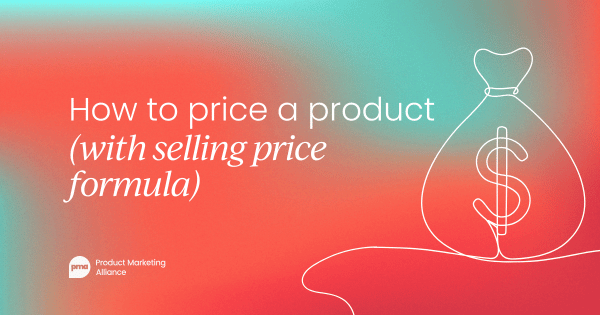

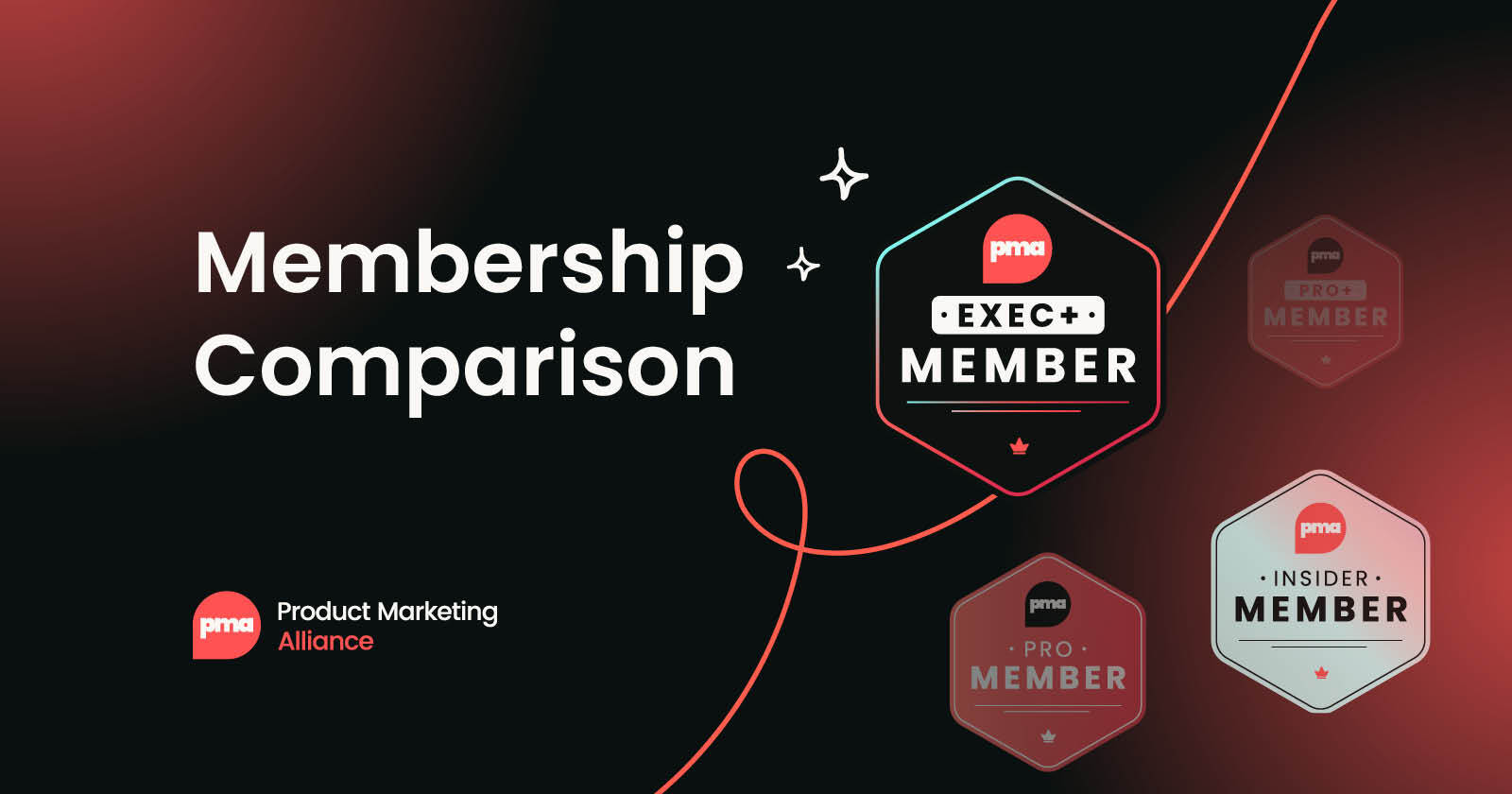
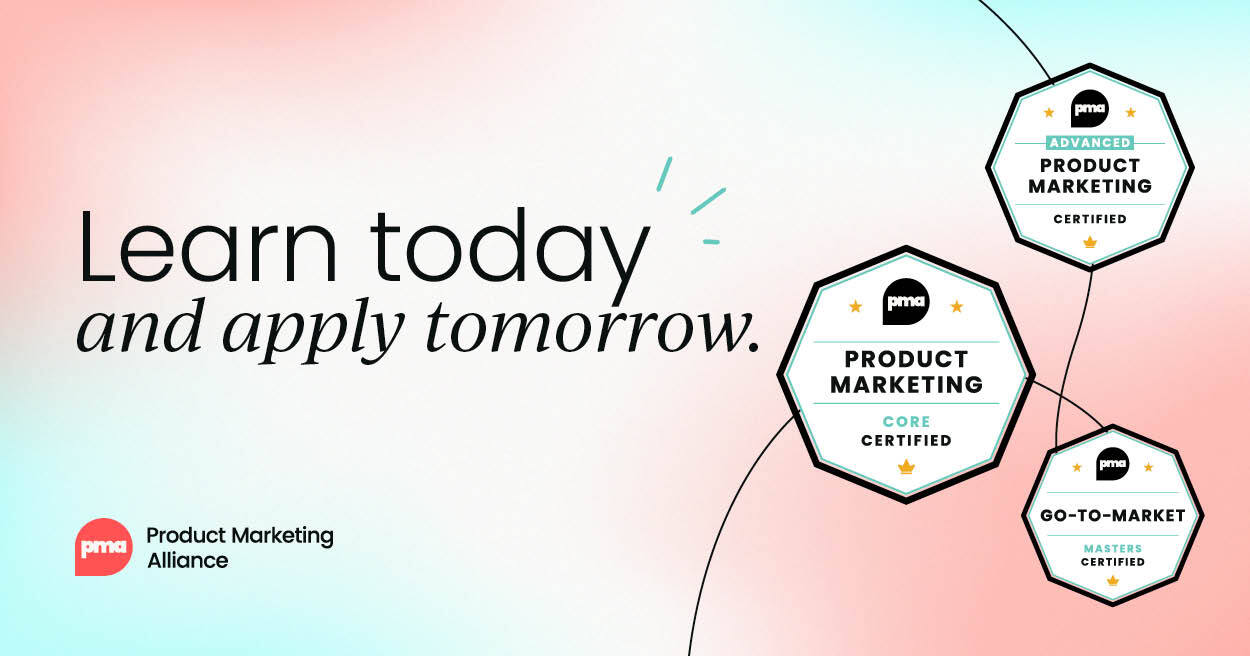
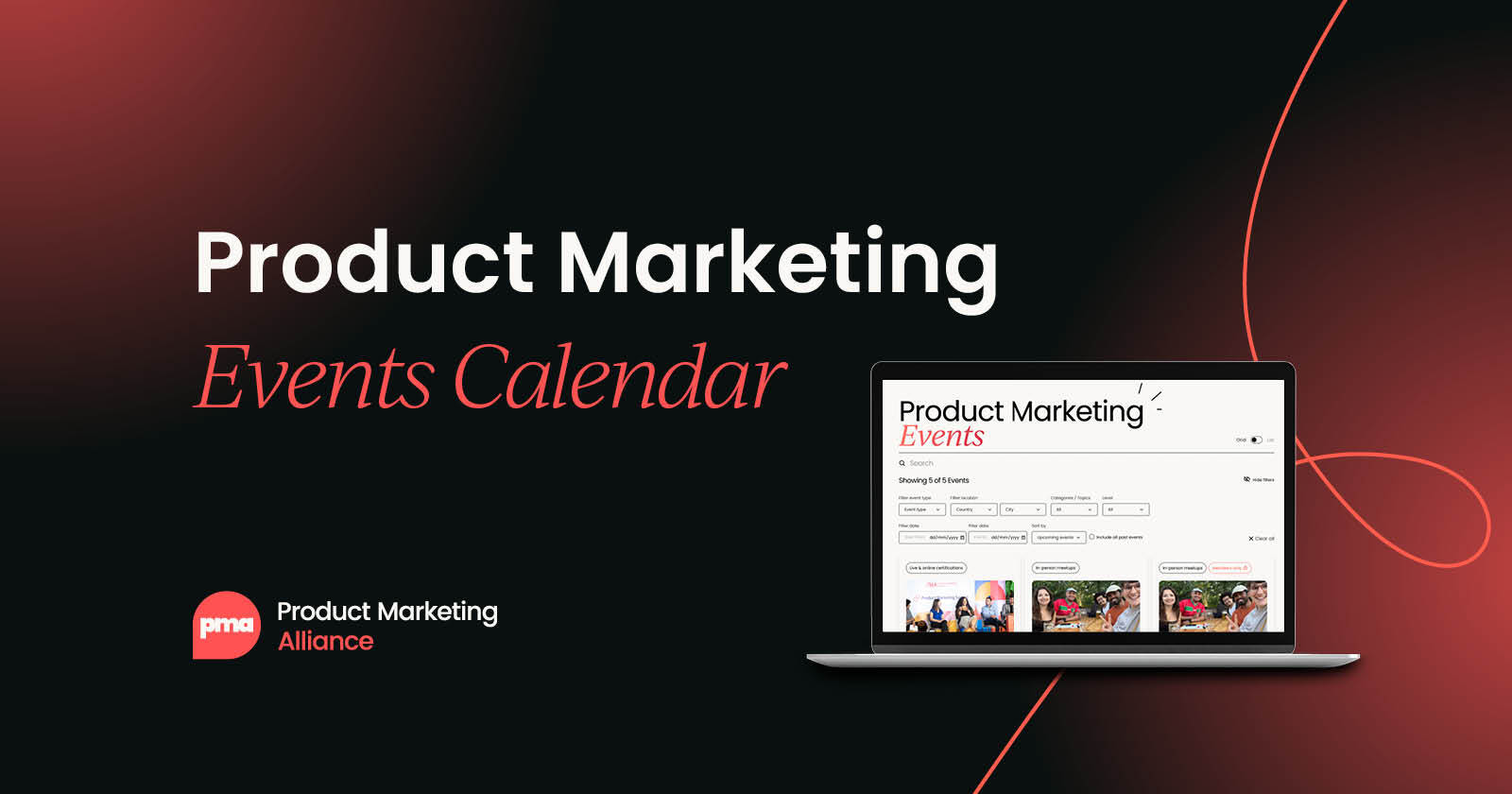
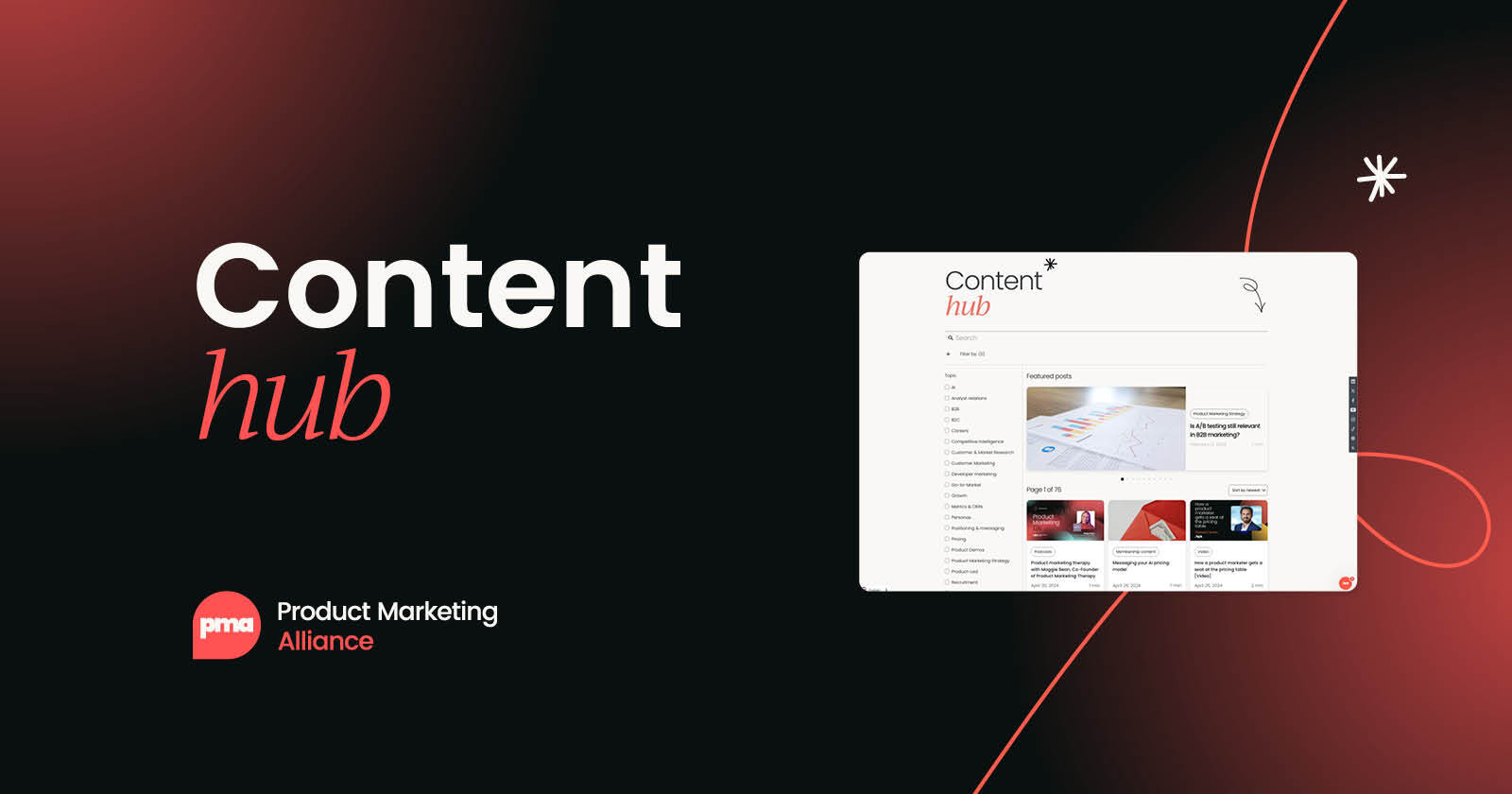

 Follow us on LinkedIn
Follow us on LinkedIn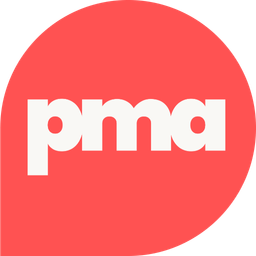
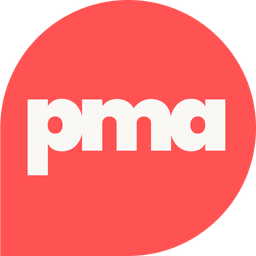
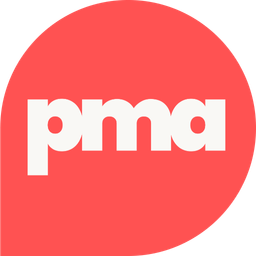


![How to create winning sales battlecards [+ examples]](/content/images/size/w600/2025/07/sales-battlecards.png)


.svg)
Start the conversation
Become a member of Product Marketing Alliance to start commenting.
Sign up now